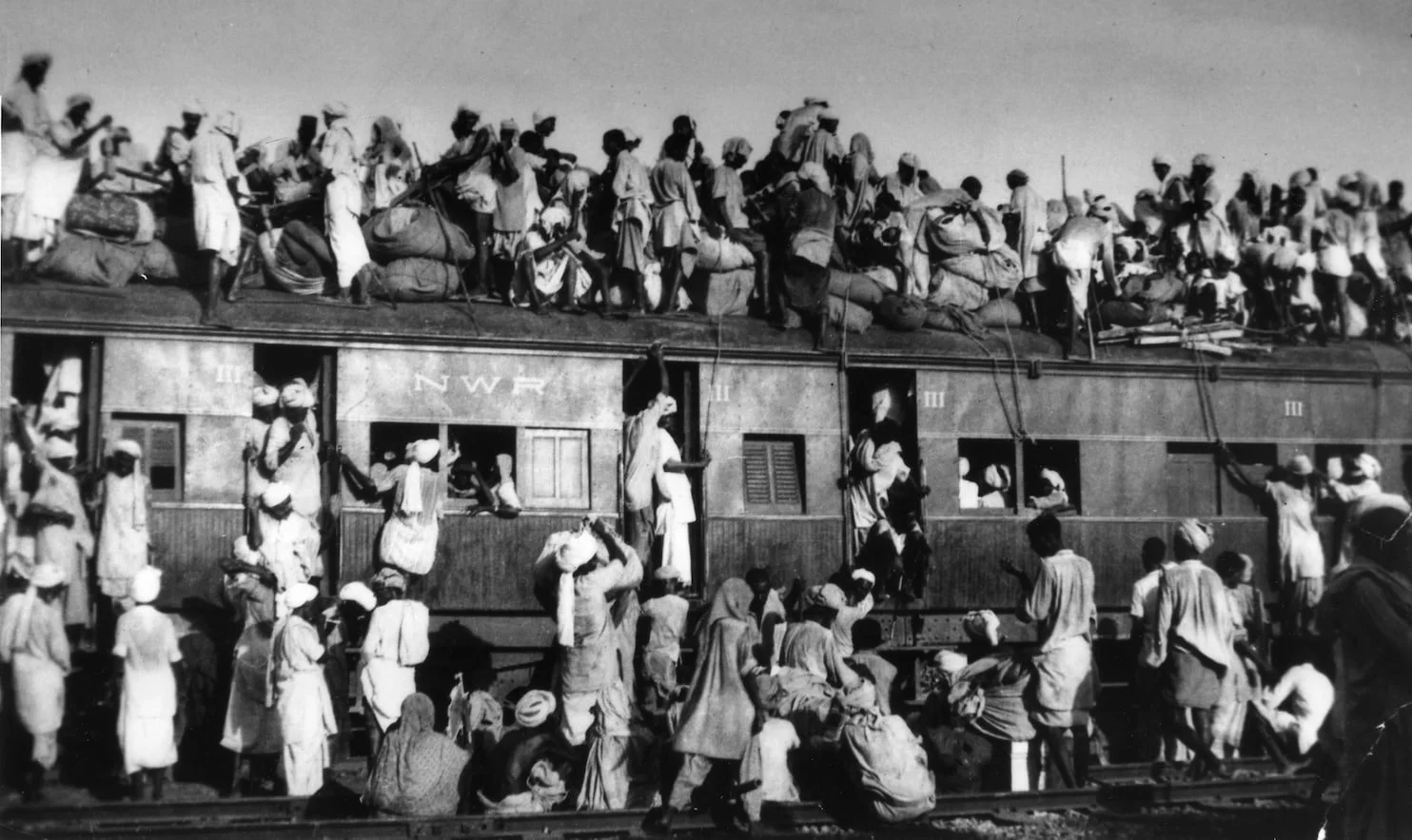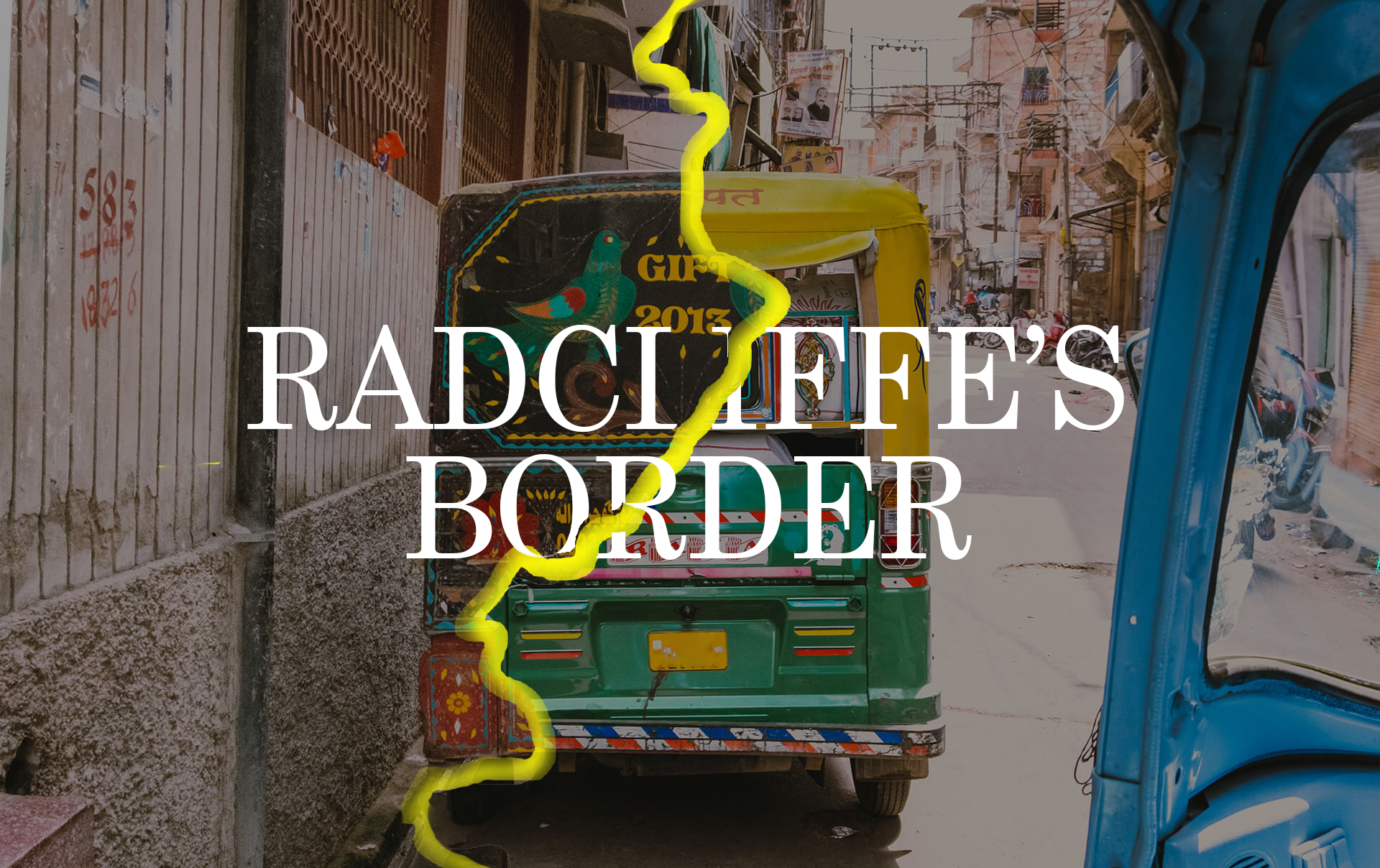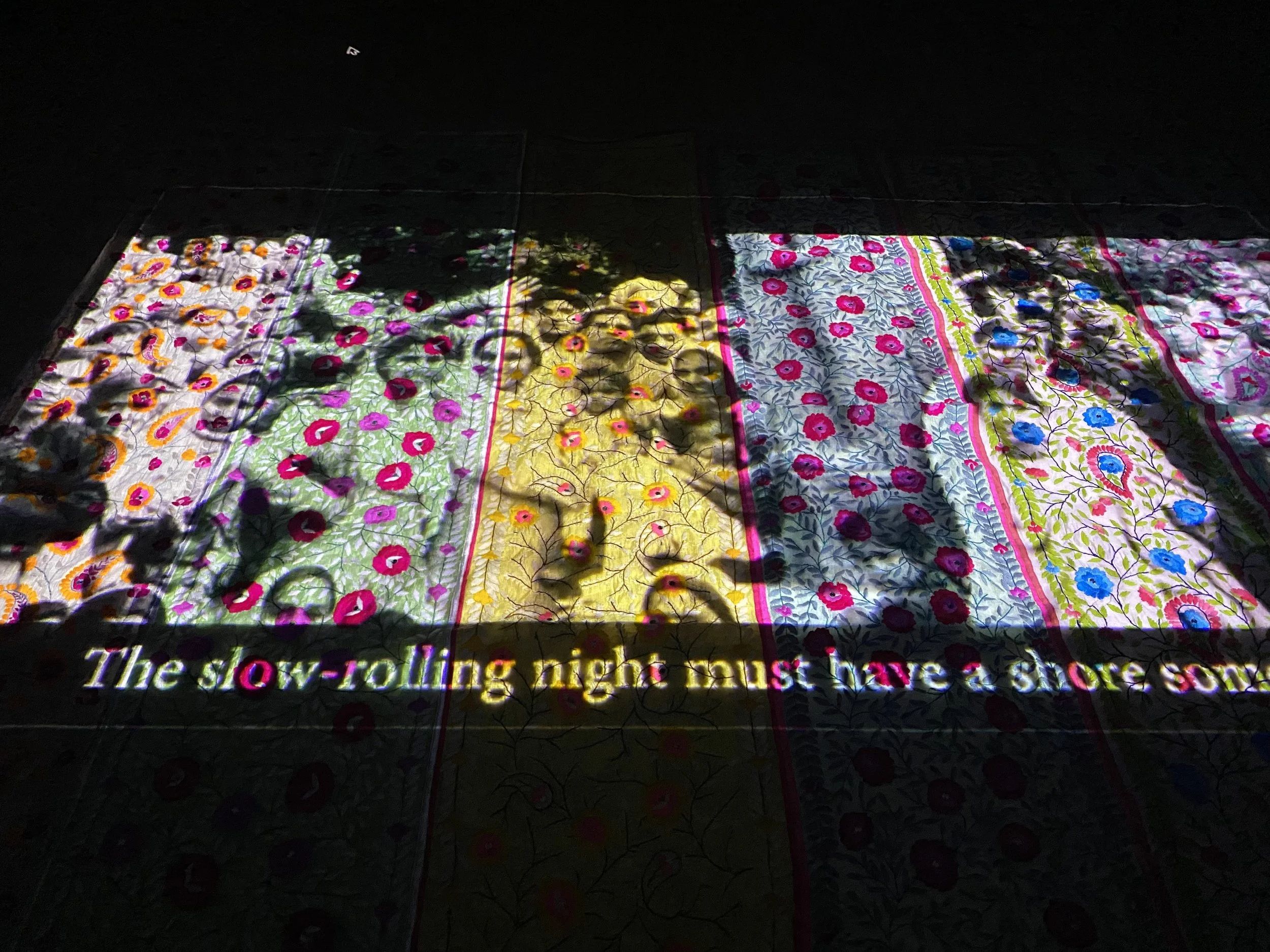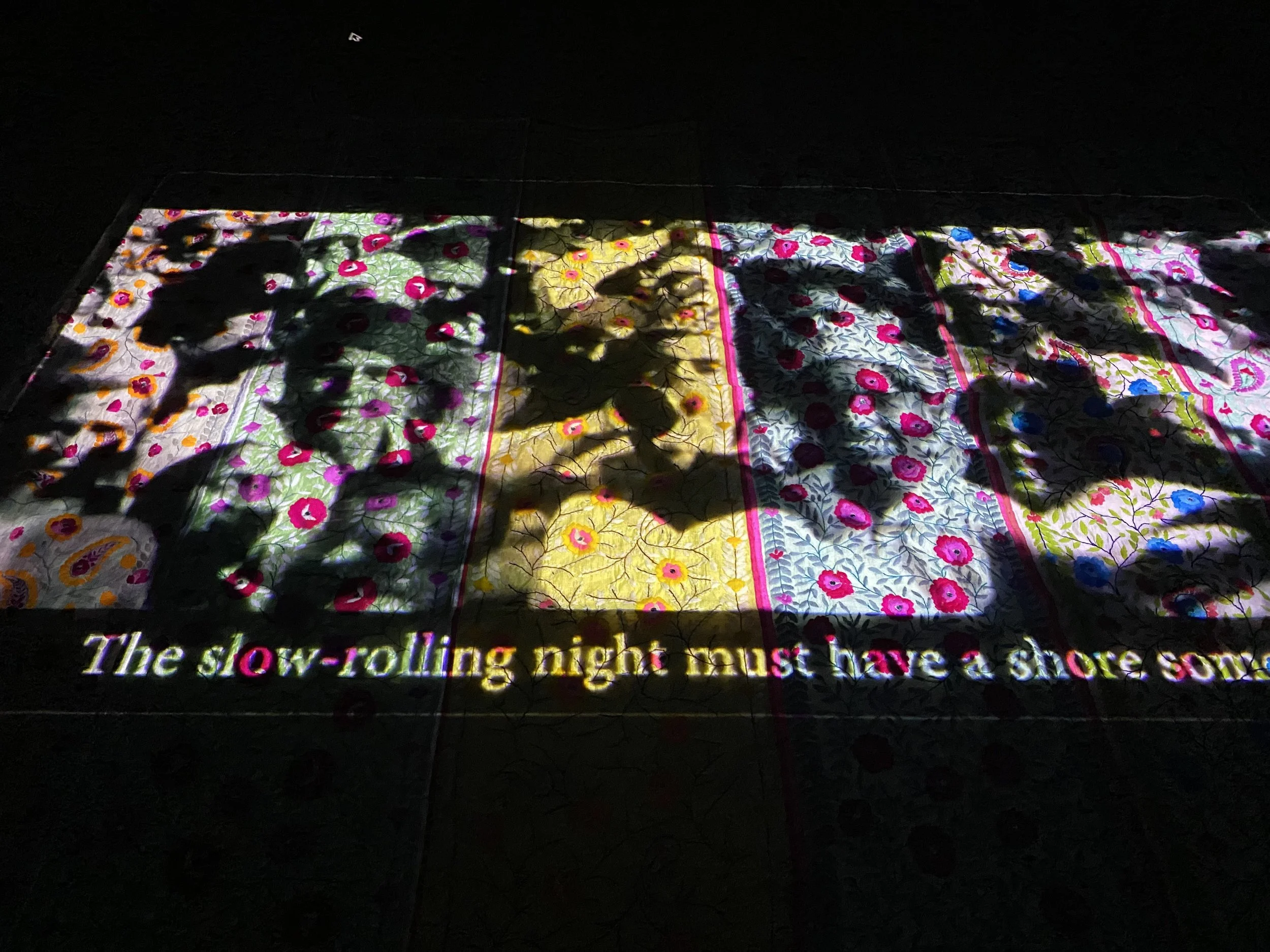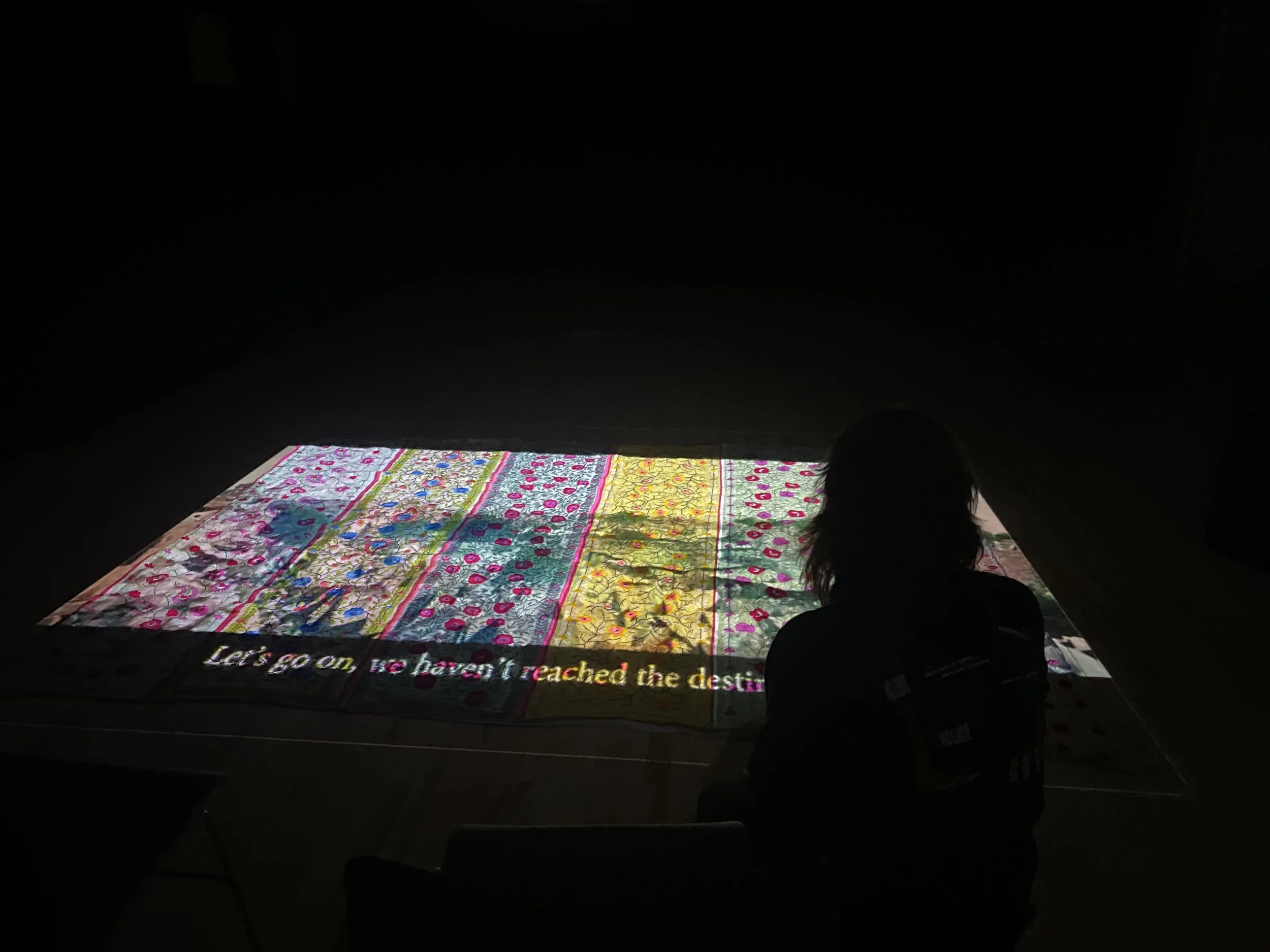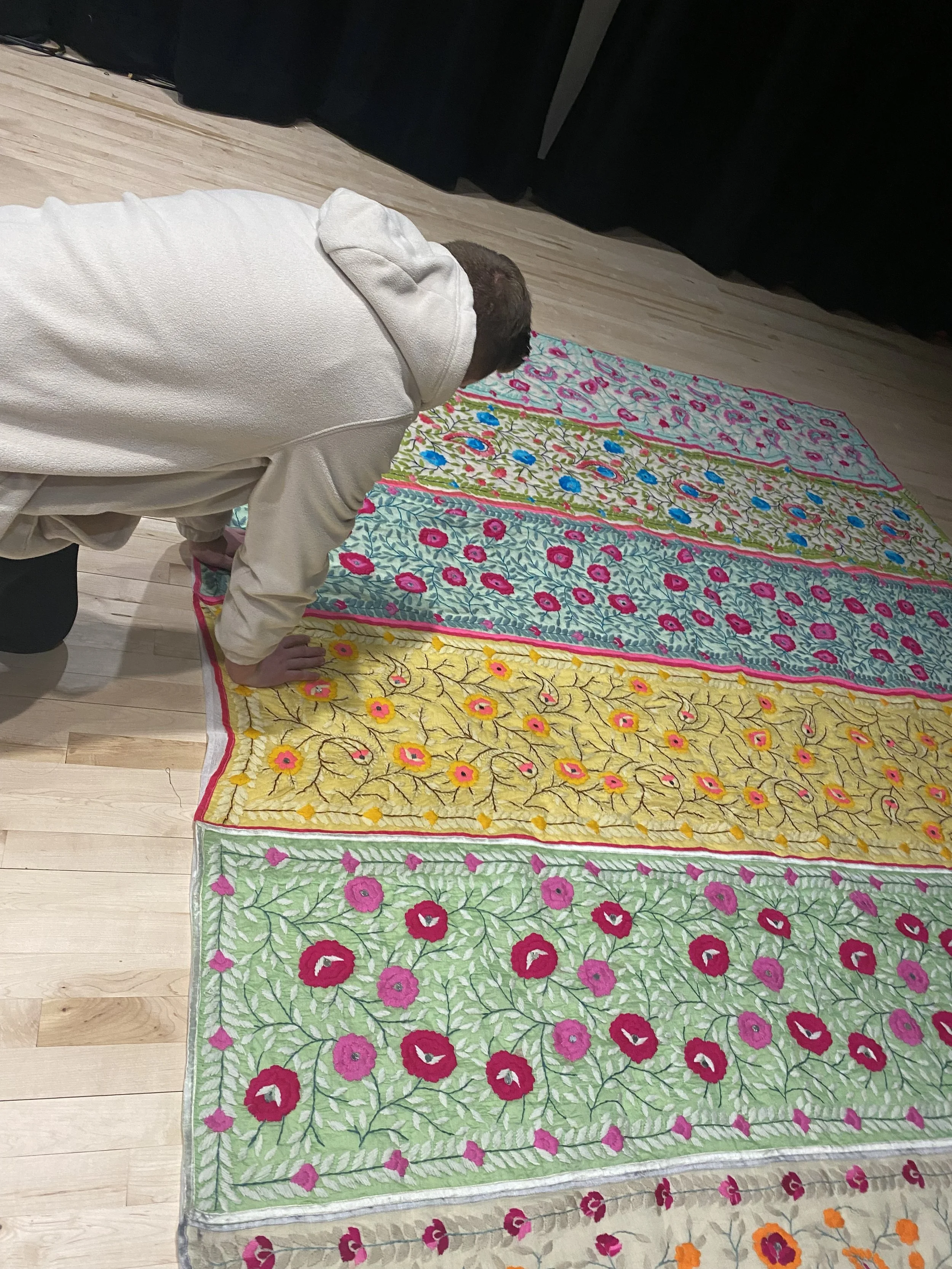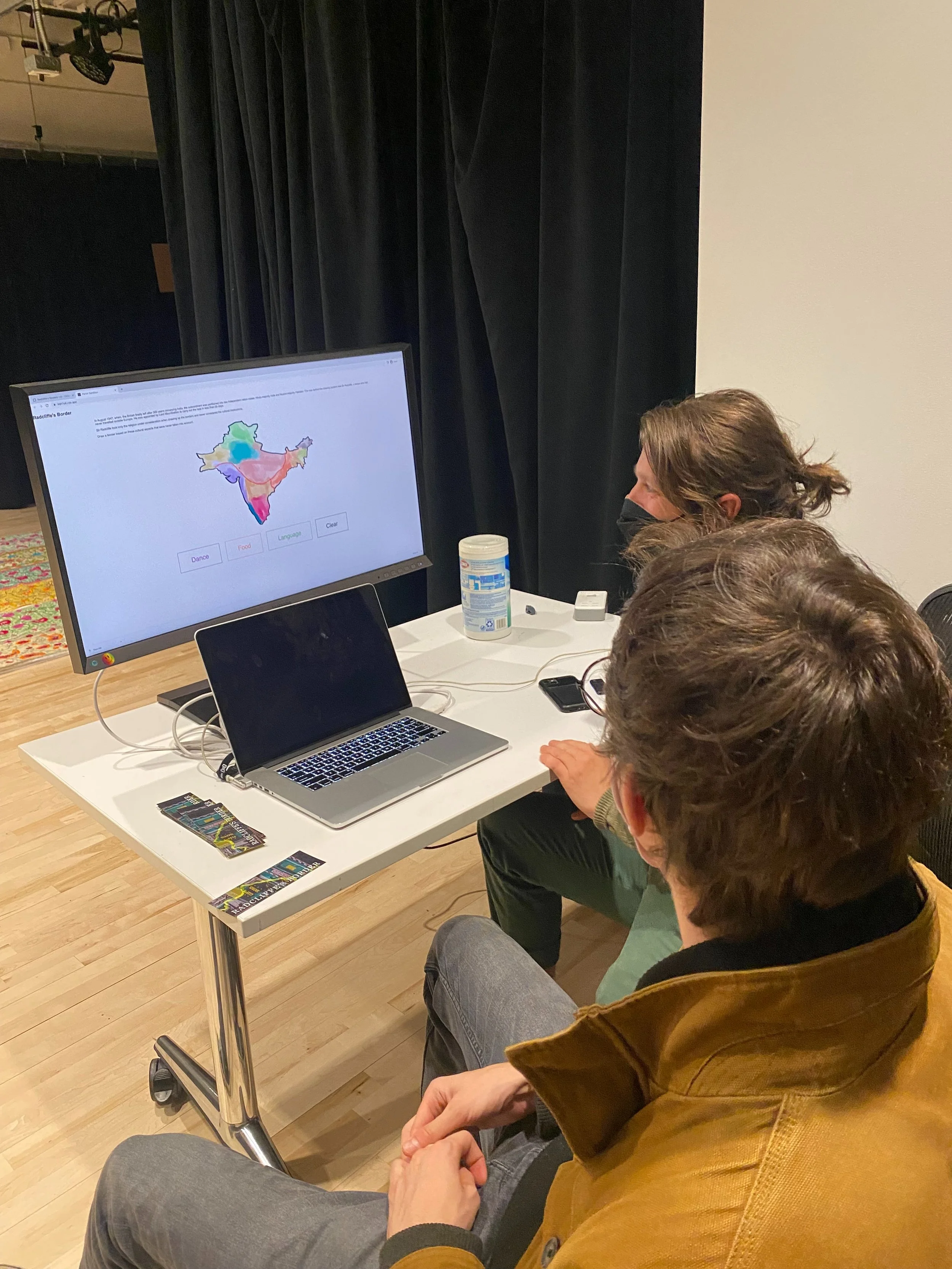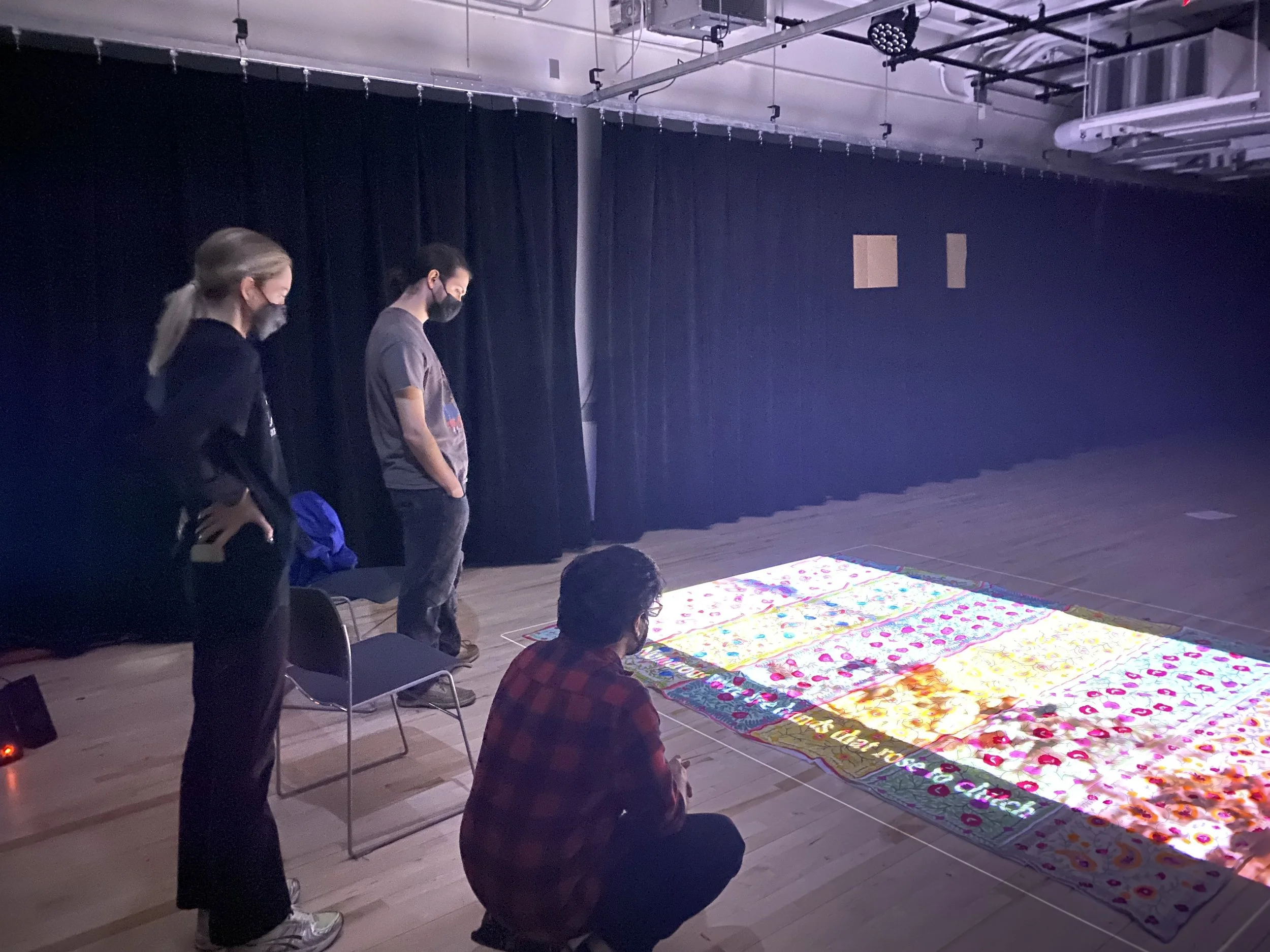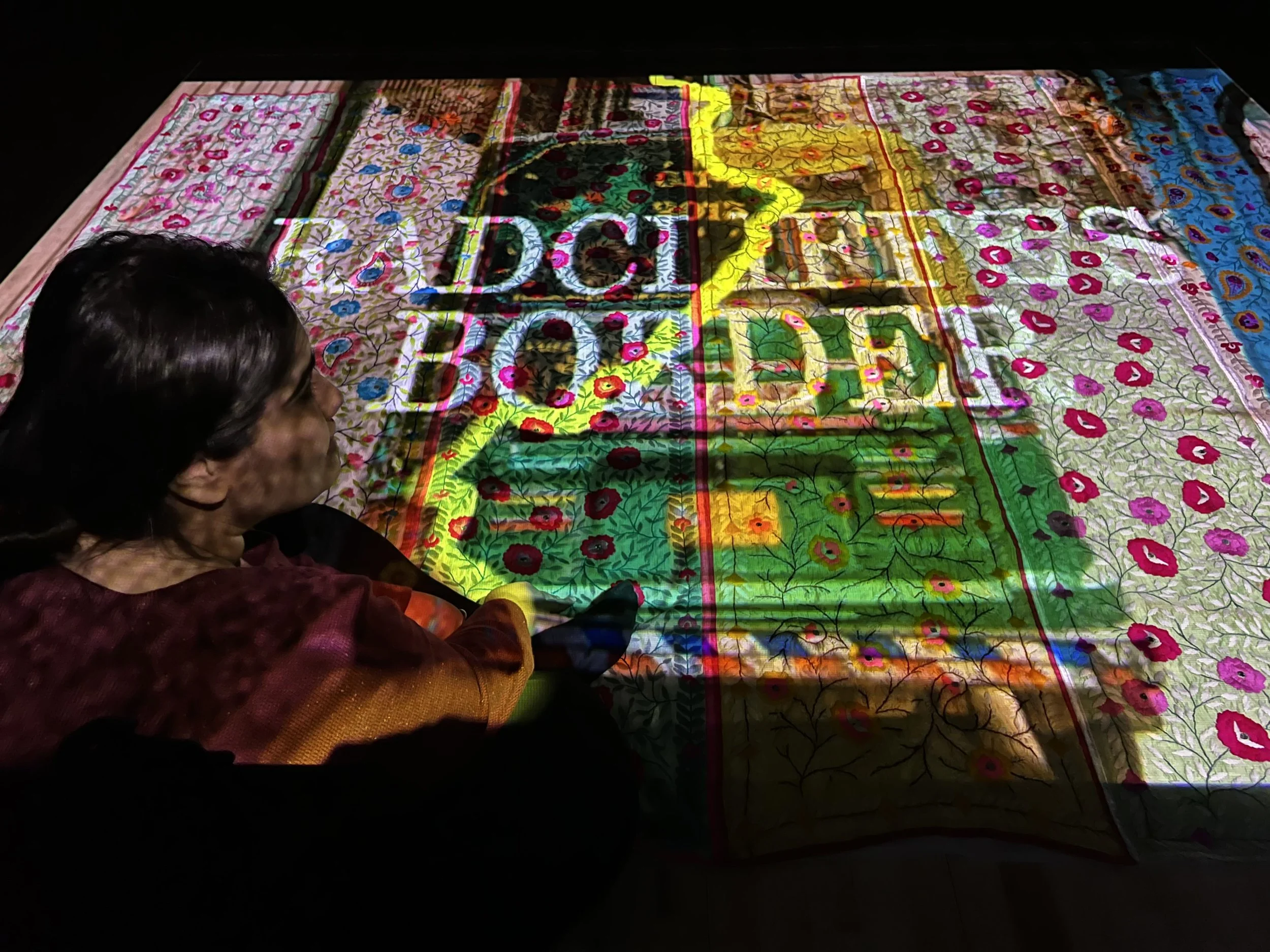Radcliffe’s Border
Radcliffe's borders is a simulated interactive-installation which shows how the colonial powers have shaped the Indian subcontinent, changing the lives of the people of this land across generation.
Inspiration
If we go a few centuries back in time, India was a colony of the British Empire for more than 200 years. Then in 1947, India successfully freed itself from British rule, but the Crown decided that the country would be divided on the basis of religion India and Pakistan.
Sir Radcliffe, an English lawyer, was tasked with dividing the subcontinent and was given 30 days to do so and he had never stepped foot outside Europe.
The borders that he made resulted in largest mass migration in human history, as millions of Muslims trekked to Pakistan and millions of Hindus and Sikhs headed in the opposite direction.
14 million people were displaced.
2 million never made it.
Amongst the people who safely made it to either side of the borders were my grandparents! For posterity’s sake, it was very important for me to start and tell the world the story of these 14 million people who are today just a number.
Process and Elements of the Project
Phulkari
Owing to my undergrad in Fashion Technology I decided to use traditional handmade fabric, Phulkari from Punjab, India which also happened to be one of the regions that experienced the most violence and mass migration during Partition and where my ancestry lies. I created a Phulkari Canvas using pieces I collected from the Artisans as a base for projection mapping.
Image courtesy #LOCproject by Mustaali and Minahil
Technology
I wanted to create a Projection Mapping on the Phulkari Canvas but also add some interactivity to the piece. Hence the second part of the piece was Drawing Maps (Try Here!) where I invited the guests to make their own maps based on language, food and dance since these were not considered while drawing the borders.
Projection Mapping
For Projection Mapping, I gathered clips from various sources/archives I found on youtube and British Film Institute. For the sound I used the poem Subh-e-Azaadi (Dawn of Freedom) written by Faiz Ahmed Faiz and recited by Naseeruddin Shah.
As the the experience progresses from the happiness of freedom to the trauma and violence of partition, I hoped that people would understand that we are still suffering from the consequences of colonialism. It didn't end with us getting the independence - in fact, it put us in a perpetual conflict with our own family.
While drawing borders there were some profound discussions that were really interesting to hear - while some drew interesting lines, some others started drawing face and hands. But a few people felt uncomfortable drawing the borders as they didn't feel like they knew enough about both the countries.
User Experience
For the next steps for my project, I would like to work on the live projection of the Drawing Maps as right now the colours are not clearly visible on the coloured fabric. I also want to further develop the Web UI of the same.
And in general, I want to push my exploration further and see how traditional handmade fabrics can be used with technologies that normally aren’t associated with them.
Next Steps
Over the course of this project people often asked me if I think partition was the right choice. I still haven't found the answer to that....
But ever since I have known about it, I always struggle to make peace with the fact that how an outsider, a lawyer decided the fate of 16 million people in 30 days.




